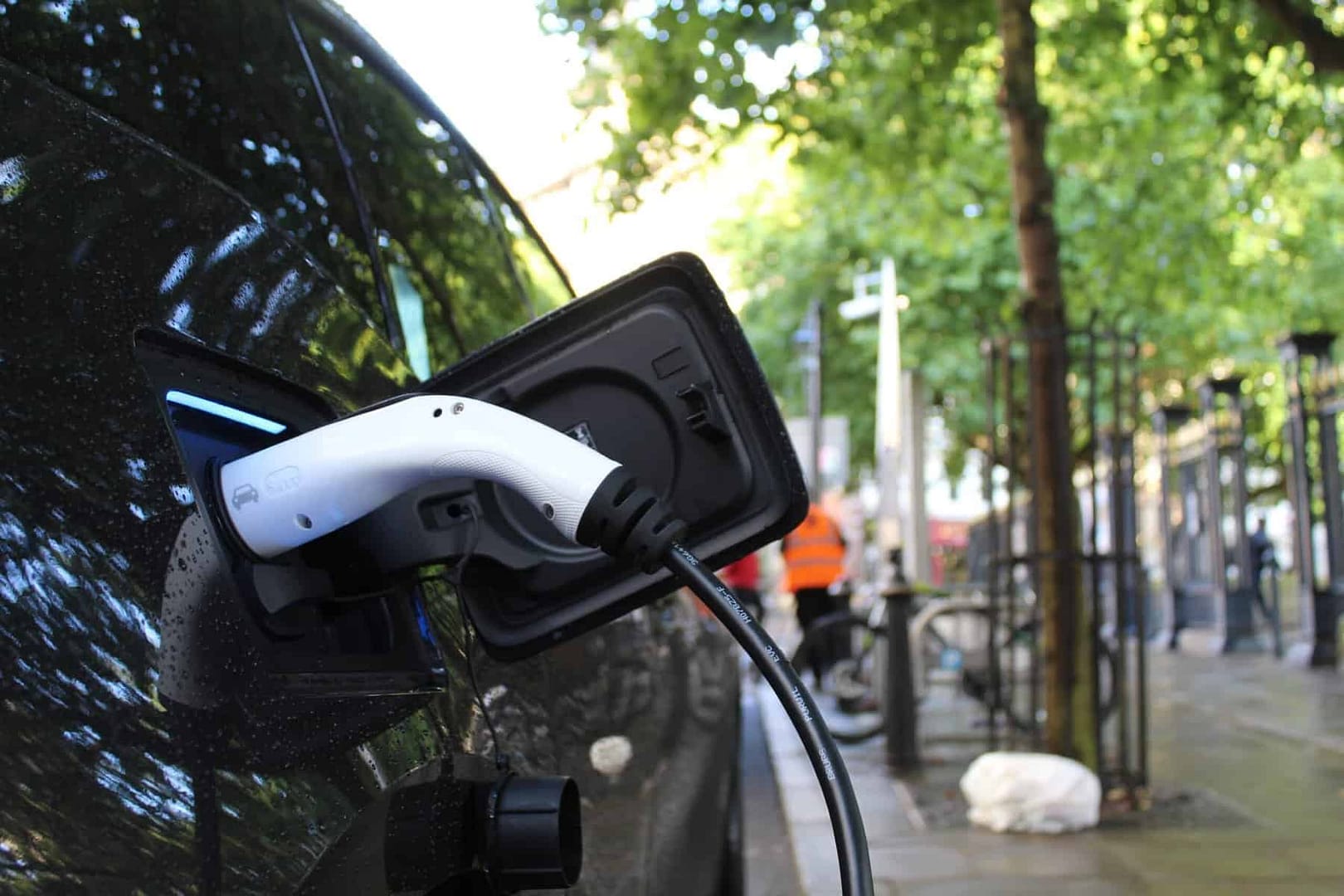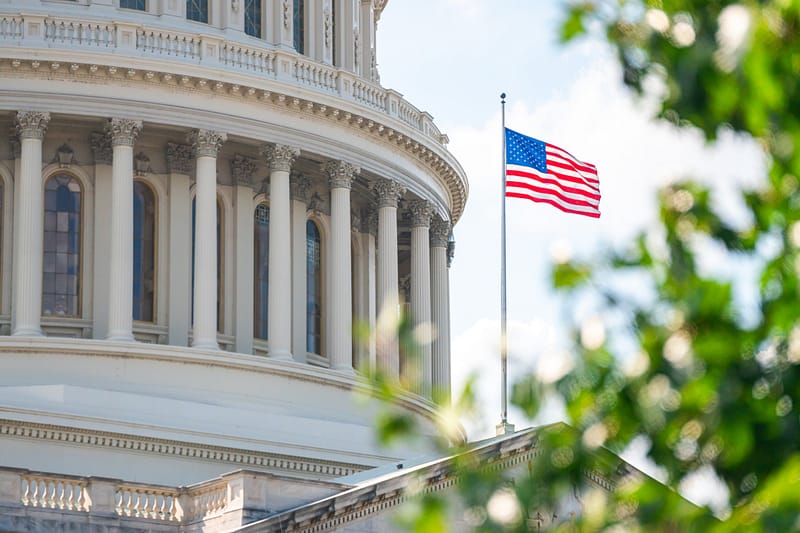Update as of January 5, 2023: Due to the complexity of the EV tax credits announced in August of 2022, the Treasury Department is now delaying proposed guidance on sourcing EV batteries until March 2023. While the other restrictions, including income caps and retail prices, went into effect on January 1st, the gap in guidance for batteries means some EVs that would have been excluded are now eligible.
When the Inflation Reduction Act of 2022 (IRA) was signed into law on August 16, 2022, the rules governing the federal tax credits for electric vehicles (EV) changed substantially. It became much more complex for new car buyers. The new credit is called the Clean Vehicle Credit (CVC) and replaces the New Qualified Plug-in Electric Drive Motor Vehicle (NQPEDMV) Credit.
The CVC will allow taxpayers to claim a tax credit up to $7,500 for qualifying new clean vehicles. Meaning, a vehicle:
- With at least four wheels and a GVW of less than 14,000 pounds
- Propelled, to a significant extent, by an electric motor that draws power from a battery, with no less than 7kw hours of capacity, and is cable of being charged externally
- Sold to the consumer by a US licensed dealer that meets certain manufacturing requirements sourced to the US and/or North America
This definition will cover many fully electric, hybrid, or alternative energy vehicles. These new tax credits are active through the end of 2032 and have rules around new and used car purchases.
Many changes to the tax credit rules are designed to support US and North American vehicle manufacturers and electric vehicle battery producers. Additionally, it eliminates the sales cap that previously limited Tesla and General Motors (Buick, Chevrolet, Cadillac, and GMC) vehicles from claiming the tax credits. With the four-wheel requirement, it does eliminate tax credits for motorcycles.
To help make clean vehicles more accessible to the average American, the CVC will allow for advance credit payments at the time of purchase. However, if you do not qualify for the tax credit when filing your tax return, you should be prepared to repay any advance payment you received.
Further administrative changes are anticipated as the marketplace and the IRS adjust. As more information becomes available, we will update this article.
The IRA also included tax credits for the purchase of used vehicles.


